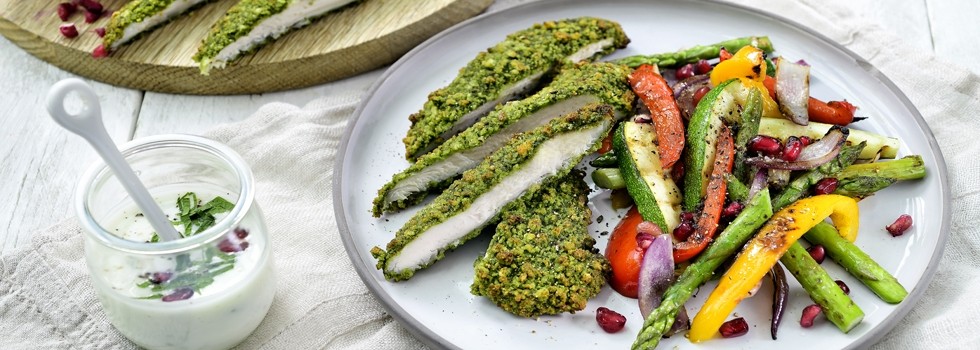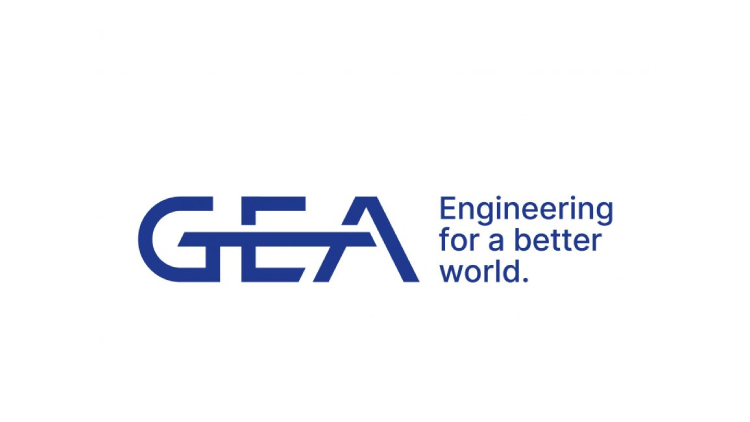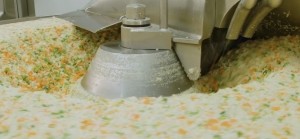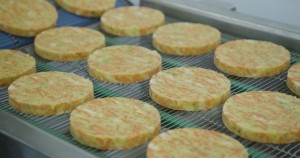Promotional Features
Green burgers? Broadening the range of alt-meat products sustainably
Over the last couple of years, the food manufacturing sector has been saturated with messaging about the growth in plant-based eating habits and the need for food processors to get on board and meet the burgeoning demand. Extensive consumer research carried out in four European countries last year found that more than one-third of those asked were either reducing their meat intake or planning to reduce their meat consumption. Rather than only counting those who already classify themselves as vegetarian or vegan, if we look at the numbers of people reducing their meat intake, the move towards this lifestyle is much more significant and widespread than was previously thought. This indicates that the move towards plant-based products is more than just a flash-in-the-pan trend, and is likely to persist for some time.
As the movement continues to gather pace, taste is becoming everything in the eyes of the discerning consumer. Bored with the traditional range of meat replacement products on offer, shoppers are now looking for alternative choices beyond the typical veggie burgers we’re all familiar with. In response, food processors are having to demonstrate more and more culinary creativity, although this can present its own set of challenges. Processors may feel they lack the knowledge or experience needed to expand in this area. Will new and exciting ingredients bring the expected product quality and shelf life as per the well-tested recipes? What would be a scalable and easy-to-achieve vegetarian alternative to the well-known meat replacement products? While there is no silver bullet, there are steps that can be taken by processors to achieve a broader product range without significant disruption.
Choosing the right equipment
As the alt-meat movement continues to develop at a consumer level, so technology is developing that can handle multiple processes on single machines. For example, some of the latest high-speed equipment available today is capable of cutting, mixing and emulsifying meat replacement ingredients, as well as cooling under vacuum during production. Investing in such technology provides the flexibility to create very different products in a more cost-effective way and with a much smaller footprint than multiple lines would allow.
Equipment that has a built-in vacuum feature is especially helpful when incorporating ingredients like coconut butter, in order to achieve the required texture and viscosity for further processing. Vacuumisation will also help intensify fresh and appetising colours while improving fat binding and increasing the density of the mix, leading to improved formability and reduced waste during production. Vacuum technology also provides the ideal conditions for the rehydration of texturised vegetable proteins (TVP) in a quick and efficient manner.
To achieve high-quality results when mixing and cutting, any company looking to develop its meat alternatives range needs to consider equipment that can handle all manner of ingredients that might be needed, depending on the recipe. This might include for example purified pea-protein, soy, extruded sunflower, extruded peas, wheat protein and gluten. Whatever the case, the end result needs to be the same – a thoroughly mixed, smooth product that will have something of the mouth feel and juiciness of real meat.
Invest in process control and know-how
As well as the mixing and cutting processes, when looking to diversify manufacturers need to bear in mind all of the processes that might be involved in creating new meat replacement products. For example, equipment for forming, coating, cooking and packaging could be needed. Sourcing equipment and technology support from one supplier is preferable here, as machines that connect seamlessly with one another can provide whole line solutions, removing the hassle of any incompatibility issues, as well as the human labour needed to move a product between sections of a line. But it’s not only about the machines – it's about the know-how.
In terms of developing the product knowledge and expertise needed to expand an alt-meat range and succeed in this market, it’s imperative that thorough research and training is carried out and experimentation and testing take place in near industrial conditions. Manufacturers need to understand how to scale up and control the process: what happens at the beginning of the process, for example the mixing of the ingredients, will affect the results during forming and later on when cooking or frying.
Many factors will also affect the shelf performance of the product. If you see a waterlogged or otherwise too wet product on the shelf, chances are that a water binding process during the mixing has not been properly controlled. This is even more valid when you want to diversify your product offer with new recipes and new ingredients. It’s also possible to pool ideas with companies that are experienced in process know-how, ingredients, and technology, in order to develop interesting new meat-free product concepts for testing.
For more than 25 years, GEA has a successful record in offering technology solutions for the preparation and further processing of meat-alternative and vegetable-based products. At its technology centres, the company work collaboratively with both customers and ingredients suppliers for testing and validating new product concepts, new ingredients and new recipes. This leads to mutual understanding and further improvement of process, recipes and equipment. It’s exciting to see how new plant-based product concepts emerge – with higher nutritional value, with less saturated fat, or with totally new appearance and organoleptic experience. But it can all be tested and validated with GEA.
It’s vital to strike the right balance between natural appearance, colour, flavour, taste and texture on the one hand, and optimal binding characteristics of the ingredients mix on the other. Water and fat binding are very important, as well as the sustainability aspect of how products are designed and packed. Choosing the right equipment and developing knowledge and expertise can help bring to the market those new and innovative ranges that meet the ever-changing consumer demand for something new, exciting, healthier and better.
From traditional vegetarian options such as soy bean burgers and meat-free sausages to the latest in meat-mimicking vegan products, GEA has the technology to produce a wide range of exciting products using efficient and cost-effective machinery. A team of food technologists is on hand to provide guidance and product know-how to food processors, and new lines can be tested out at the dedicated GEA Technology Centre.
For more information join us at IFFA, Hall 8 Booth G20, 14-19 May, or visit GEA’s website here.
To discover more about GEA's plant-based solutions, see the video below:



